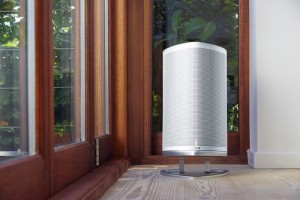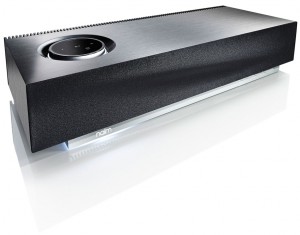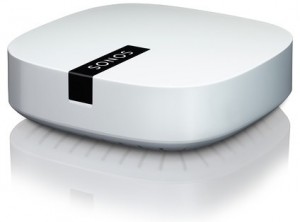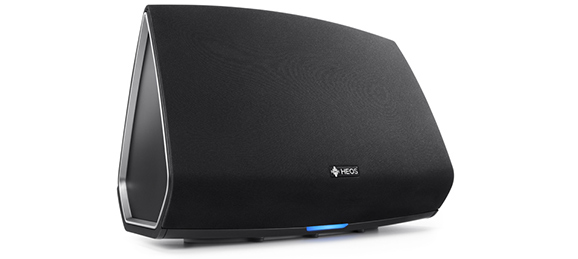![]()
![]()
![]()
![]()
 With their Asgard line of speakers, tiny Clint are barking awfully loud, namewise. If their bark matches their muscle remains to be seen but the speakers do look rather cool. There is no doubt that with every competitor Sonos face, their users get a better product and users of multi-room streaming audio components in general will have a larger selection and thus be happier people. It is this extended selection that Asgard is part of.
With their Asgard line of speakers, tiny Clint are barking awfully loud, namewise. If their bark matches their muscle remains to be seen but the speakers do look rather cool. There is no doubt that with every competitor Sonos face, their users get a better product and users of multi-room streaming audio components in general will have a larger selection and thus be happier people. It is this extended selection that Asgard is part of.
The line consists of three speakers. Two versions of the small 7W Freya, one Bluetooth and one Wi-fi, and the larger Odin supporting both Bluetooth and Wi-fi. Asgard speakers can be fed from a Bluetooth audio source or via Wi-fi from a NAS or streaming service, as well as via Apple Airplay. The interesting part, of course, is that they can form a multi-room solution and run 4 speakers in concert, albeit only when running on Wi-fi.
The Odin speaker offers a modest 25W of class-D power in a 57cm floor standing pondus and supports the mainstay of formats, incl. 192KHz/24-bit flac. Control is limited to iOS and Android apps.



 Foobar2000
Foobar2000